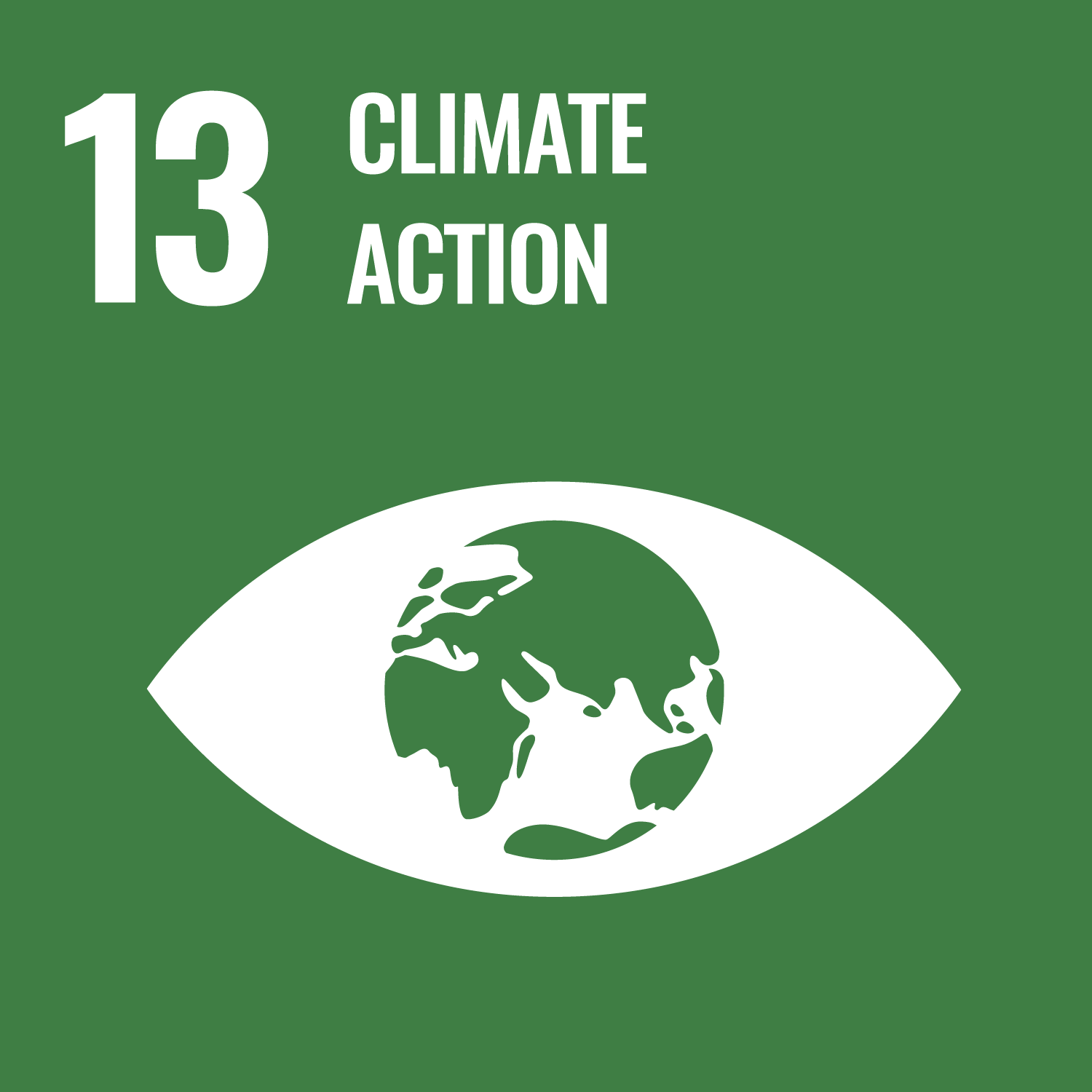This lecture will provide a basic understanding of the underlying principles that determine the evolution of microstructures
in metals and alloys during their processing and their relation with their properties. Attempts will be made to introduce
the concept of thermodynamics and the kinetics of phase transformation. This also includes a brief outline of crystal structure
and crystal defects and phase diagrams in metallic materials and alloys.
The aim of this lecture is to give and introduction to three topics fundamental to materials science and engineering: structure,
bonding, and thermodynamics.
- To learn the atomic structure of materials.
- To learn the relationship between microstructure and property of materials.
- To learn the defects in materials.
- To learn the diffusion in materials.
- To learn the phase diagram of alloys and the relationship between phase diagrams and microstructure evolution.
| Microstructure of metals and alloys | Total. | |
|---|---|---|
| 1. | 10% | 10% |
| 2. | 20% | 20% |
| 3. | 20% | 20% |
| 4. | 25% | 25% |
| 5. | 25% | 25% |
| Total. | 100% | - |
Final grade point will be determined by total weighted scores from quiz (30%) and final examination (70%). (Less than 60 grade
point: Failing)
| Class schedule | HW assignments (Including preparation and review of the class.) | Amount of Time Required | |
|---|---|---|---|
| 1. | General introduction of materials science | Review previous lectures. | 100minutes |
| 2. | Atomic bonding in materials | Review previous lectures. | 100minutes |
| 3. | Crystal structure of metals | Review previous lectures. | 100minutes |
| 4. | Miller index | Review previous lectures. | 100minutes |
| 5. | Lattice defects in metals (1) vacancy, point detect | Review previous lectures. | 100minutes |
| 6. | Lattice defects in metals (2) dislocation, plane detect | Review previous lectures. | 100minutes |
| 7. | Examination | Review previous lectures. | 100minutes |
| 8. | Phase diagram | Review previous lectures. | 100minutes |
| 9. | Phase diagram and microstructural evolution | Review previous lectures. | 100minutes |
| 10. | Type of diffusion and their features | Review previous lectures. | 100minutes |
| 11. | Relationship between microstructure and property of materials (solute atoms and precipitates) | Review previous lectures. | 100minutes |
| 12. | Relationship between microstructure and property of materials (dislocations and grain boundaries) | Review previous lectures. | 100minutes |
| 13. | Exercise for a comprehensive understanding of the relationship between microstructure and property of materials | Review previous lectures. | 100minutes |
| 14. | Final examination | Review all lectures. | 100minutes |
| Total. | - | - | 1400minutes |
| ways of feedback | specific contents about "Other" |
|---|---|
| Feedback in the class | 授業中に演習問題を行い、次回の授業内で問題の解説を行う。 |
- Course that cultivates an ability for utilizing knowledge
- Course that cultivates a basic problem-solving skills
| Work experience | Work experience and relevance to the course content if applicable |
|---|---|
| N/A | N/A |



- 9.INDUSTRY, INNOVATION AND INFRASTRUCTURE
- 12.RESPONSIBLE CONSUMPTION & PRODUCTION
- 13.CLIMATE ACTION
Last modified : Mon Jun 23 04:03:56 JST 2025
